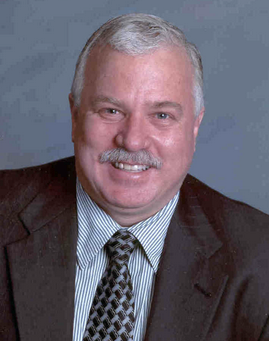Tutorials
Quantum Computing Algorithms for Machine Learning and Signal Processing
Glen S. Uehara1 and Andreas Spanias2
1School of Electrical, Computer,and Energy Engineering, Arizona State University, Tempe, AZ 85287, USA.
2SenSIP Center, School of ECEE, Arizona State University, Tempe, AZ 85287, USA
3General Dynamics Mission Systems, 8220 East Roosevelt Street, Scottsdale, Arizona 85257, USA
Abstract
This tutorial will present the basic concepts of quantum computing algorithms with the emphasis on Signal Processing and Machine Learning. The tutorial will start with the physics of quantum systems and cover basic concepts and properties including qubits, entanglement and qubit deciphering errors. We then begin focusing on quantum data and signal processing with details on the building blocks of computational operations, simulation, and implementation. The presenters will then discuss details of quantum computing and describe how to express quantum information processing algorithms. The discussion covers the methodologies used to transform classical machine learning algorithms to actual quantum expressions. The presentation on modeling algorithms will cover a hybrid classical-quantum approach and quantum simulators. In the last part of the tutorial, we present some of current industry and academic efforts, available quantum toolkits and navigation through an extensive bibliography which we will also cover in our survey paper submitted to IISA 2021.
Keywords— Quantum Information Processing, Quantum Machine Learning, Braket (Amazon), Cirq (Google), IonQ, NISQ, QIP, QSP, QPU, Qiskit (IBM)
Biographies of Instructors

Glen S. Uehara has worked in the communication field for over 25 years. He worked in various areas, including cellular technolgoies (CDMA, GSM, 3G), GPS navigation engines, (Iridium) satellite communications, and various voice and video compressions techniques. During his career, Glen has filed many patents and granted three. He has earned his BS and MSE in Electrical Engineering from the University of Hawaii and Arizona State University respectively. In recent years, Glen has also earned several cybersecurity certifications and have applied these techniques to many programs. He also uses this knowledge to help train individuals at his company and as capstones at the University. Glen is currently pursuing his PhD at Arizona State University. His current area of research is in the Applications of Quantum Algorithms, specifically in Signal Processing and Machine Learning. He is continuing his research in Quantum Algorithms both at his current employment and at Arizona State University. Glen is exploring potential industrial applications of Quantum Computing Algorithms.

Andreas Spanias is Professor in the School of Electrical, Computer, and Energy Engineering at Arizona State University (ASU). He is also the director of the Sensor Signal and Information Processing (SenSIP) center and the founder of the SenSIP industry consortium (also an NSF I/UCRC site). His research interests are in the areas of adaptive signal processing, speech processing, machine learning, quantum and sensor systems. He is author of two textbooks: Audio Processing and Coding by Wiley and DSP; An Interactive Approach (2nd Ed.). He contributed to more than 350 papers, 11 monographs, 11 full patents and10 provisional patents. He served as Associate Editor of the IEEE Transactions on Signal Processing and as General Co-chair of IEEE ICASSP-99. He also served as the IEEE Signal Processing Vice-President for Conferences. Andreas Spanias is co-recipient of the 2002 IEEE Donald G. Fink paper prize award and was elected Fellow of the IEEE in 2003. He served as Distinguished Lecturer for the IEEE Signal processing society in 2004. He is a series editor for the Morgan and Claypool lecture series on algorithms and software. He received the 2018 IEEE Phoenix Chapter award with citation: “For significant innovations and patents in signal processing for sensor systems.” He also received the 2018 IEEE Region 6 Outstanding Educator Award (across 12 states) with citation: “For outstanding research and education contributions in signal processing.” He was elected recently to Senior Member of the National Academy of Inventors.
